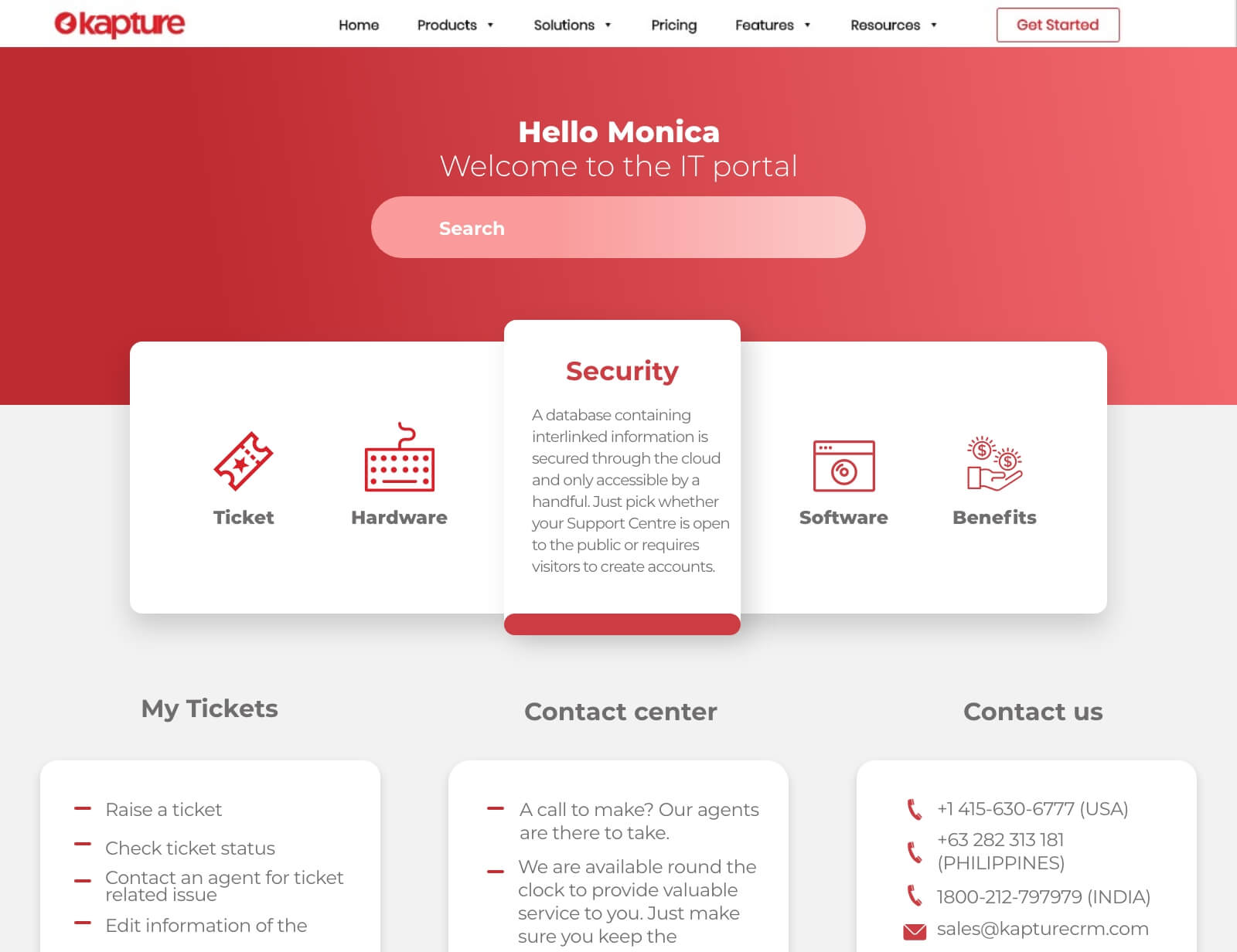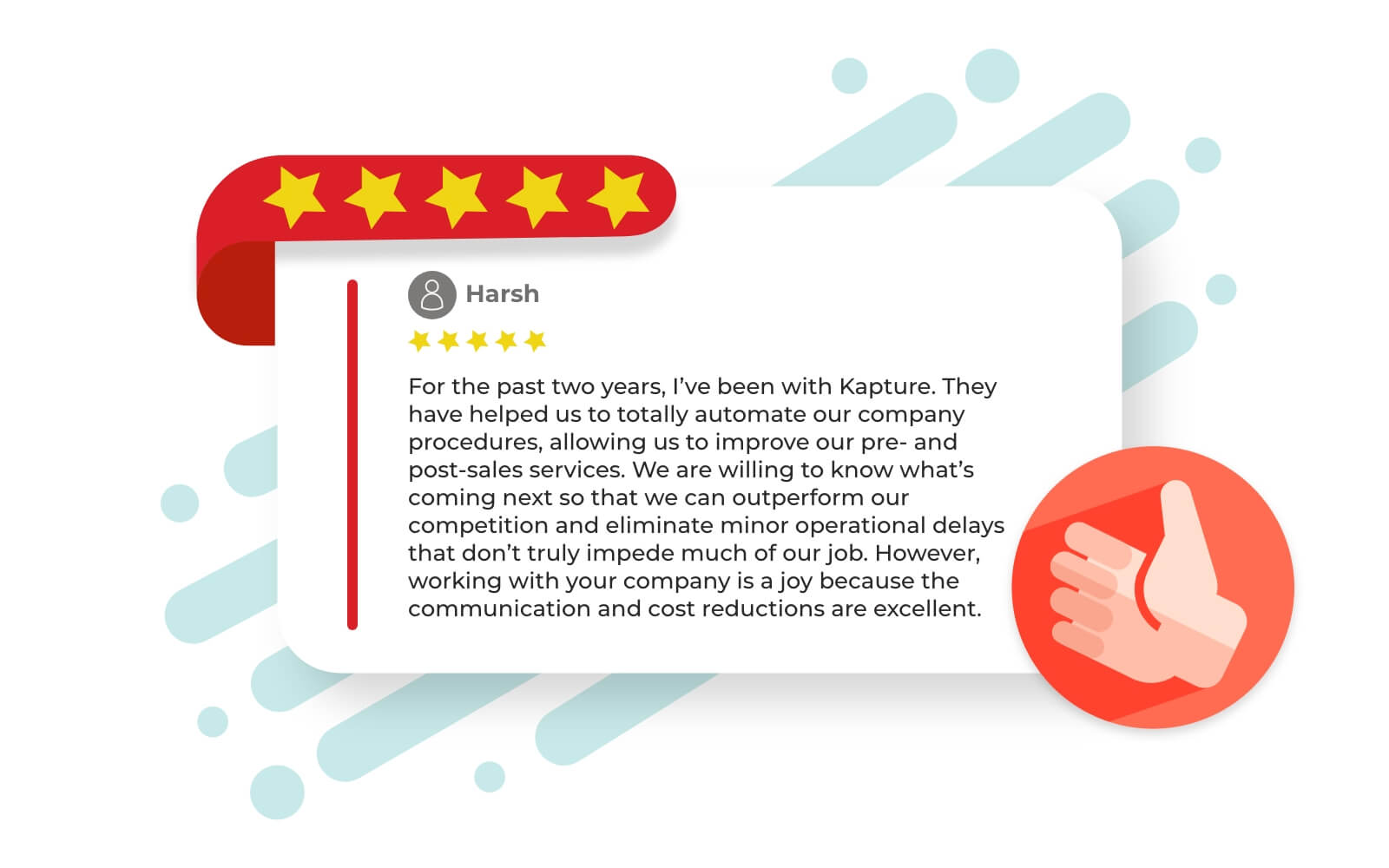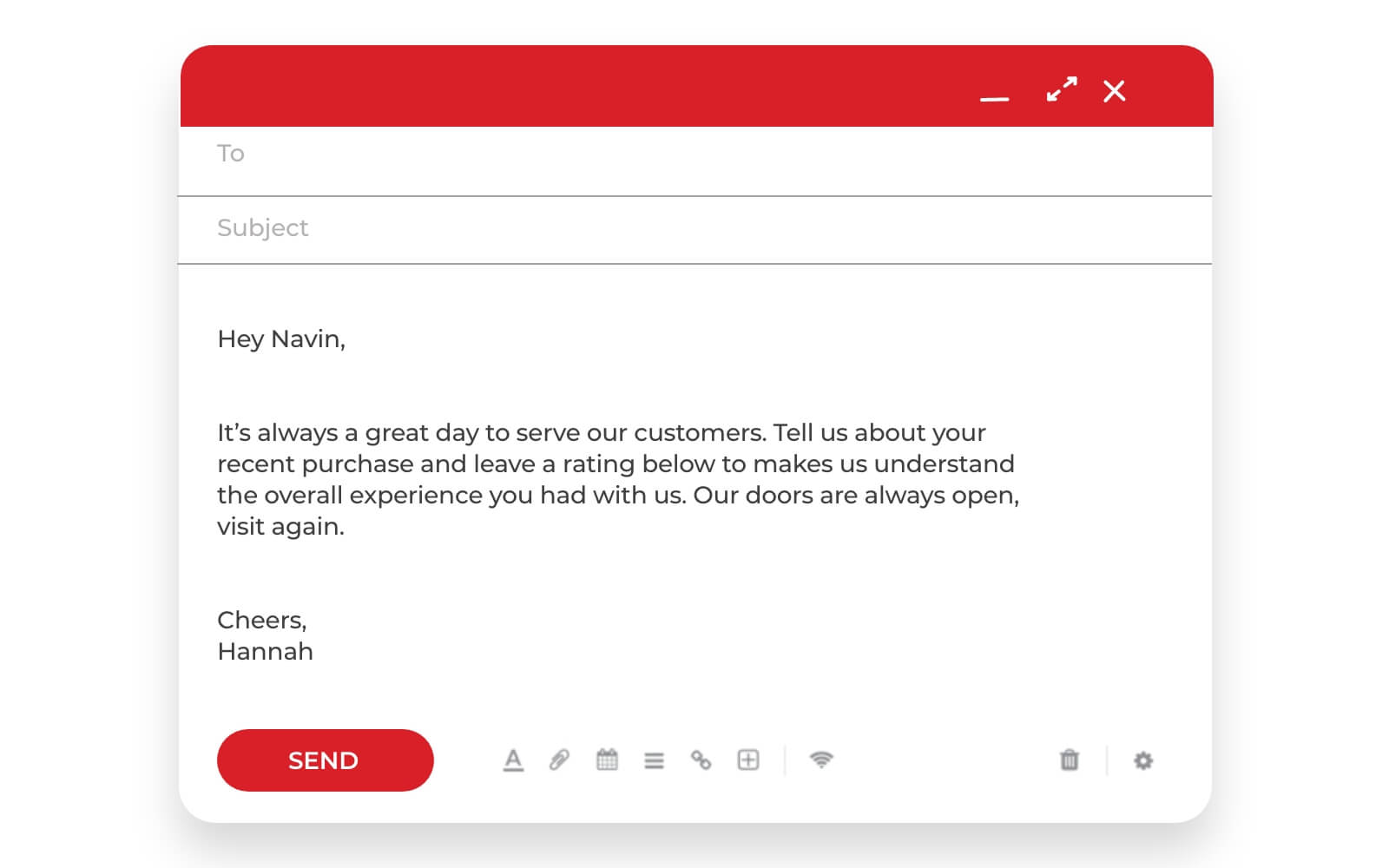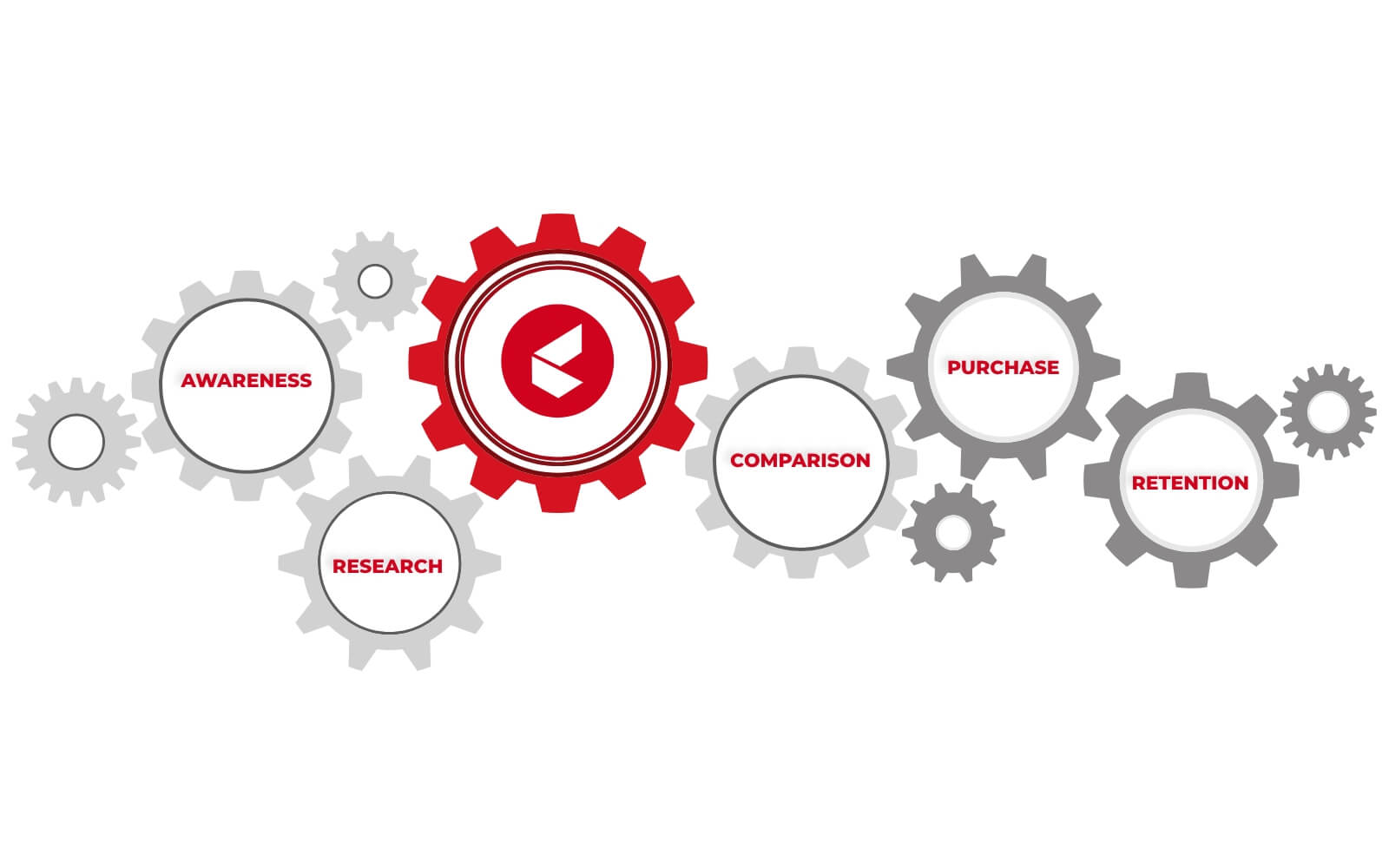Automated customer service in e-commerce is a method of responding to customers by leveraging a knowledge base, with guided chatbots, or artificial intelligence to automate conversations. It’s intended to assist customers in locating solutions on their own or to construct a chatbot based out of Natural Language Processing (NLP) that replies to typical or basic inquiries immediately before passing a chat to an agent.
E-commerce customer service serves as a guideline for assisting customers on e-commerce channels and throughout their buying cycle and maintains reports to analyze the progression and the areas they are lagging behind. They provide support for online enterprises and take into account the particular problems of supplying digital customers on a regular basis.
What is Automated Customer Service?
Automated customer service decreases agent burden, improves efficiency, is cost-effective, and allows customers to receive immediate solutions to their questions. As demand increases, businesses must develop solutions to provide what they want with the least amount of work. With Kapture CRM, each of these becomes possible as it optimizes your business.
Some of the key points that these customers mostly are keen to know about are:
- FAQ related to product- delivery, returns, damaged goods, or after-sales service.
- Communicating effectively through multiple channels and being visible and available 24×7.
- Consolidating knowledge about On-field services through the proper setup so that customers can avail themselves of the necessary help.
- Functional dependencies and technical issues on any given platform.
- Discussion Forum and Live Chat queries that make them understand the product in a much better way.
10 ways in which we can achieve Automation in E-commerce Customer Service
Customer Service Support Software helps in automation and is a program that gains knowledge through certain patterns of routine tasks and converts operations, procedures, or campaigns into a lenient way of understanding. It helps in certain scenarios when a human touch is required but does the work itself. It basically replaces the tenacious overlapping of work and improves the overall system. In e-commerce, such a CRM program like Kapture will optimize the functioning and integration on several levels.
1. Self-Service Portals
Self-service portals are a fundamental area created for your clients so that they can solve their own problems by logging into your various support channels without having to call or send you a message. Customer support teams can use a self-service portal to manage a location where customers can go to get answers to their questions. It serves as a jumping-off point for any consumers who require assistance. Customer self-service is a convenient technique to leverage e-commerce customer service assistance and “alter” incoming tickets. Customers still get all the assistance they require, but it costs your company a percent of what a personal conversation would.
2. Triggering Automated Responses
There are several instances where certain keywords are marked on the basis of reiteration and repeated use cases by a customer, which is later on inferred by automating the process. It is done so that there can be a trigger placed in the communication part so that the system can read in between the lines and refer to previous answers for that particular set of questions being asked by the customer. This can be done in AI chat-bots, emails, and certain social media applications which have been used as a business account.
3. Utilizing Equivalent Templates
Templates that are used repeatedly can be adjusted to automate the process, which makes assigning time easier and more beneficial. It’s more operative to build premade response templates for your agents if they repeatedly react to a ticket with a very identical response. Your agents can then select a predefined solution template from the list, copy it, modify the required elements such as billing information and transaction data, and personally deliver it to the customer.
4. Impending Inbound Requests
An inbound marketing plan relies on your company’s long-term goal. You must consider the bond you establish with your customer. This friendship is what leads to sales. High-priority concerns in e-commerce include pre-post sales inquiries such as address correction or order modification for gifting or changing the number of items. If a customer makes a mistake in their pickup location and the agent reaches to pick up the shipment before it can be fixed, it will have a terrible impact on the customer experience as well as the cost to your company.
It’s pivotal to focus on providing more, the less buyer opposition and competitors you’ll have while making the sale because the customer knows they won’t be disappointed if they buy from you.
5. Report Shipment Issues to Suppliers
When a ticket is filed against a service, the most common complaints are about shipment issues including broken goods, different products, size issues, quality concerns, and so on. As a result, directly informing suppliers about such difficulties will make it easier to replace, return, or receive a refund. Such automation, in which a timely report is made available to both the supplier and the client, alerts them to the situation and allows them to readily track the development.
6. Automation of the Procurement Process
Most of the queries and the questions being generated are generally post-sales and making graphical visuals in the form of short clips or videos might actually help the customer to get a better understanding of the product features. A section that is totally dedicated to problem-solving with interactive representation is highly appreciated by the customers & it improves the e-commerce customer service experience. Also you can attach a short survey that might help you improve more in certain areas and get more focused.
7. Request Reminders
A team that puts in reminders daily for their routine customers makes their customers genuinely be attached to the brand. A short message like “Item running out, grab yours soon it makes you look better” or “It’s been long, it’s time to get back”, curating such messages and automating them according to certain situations helps you achieve the required focus of a customer. They feel special and actually spend a lot of screen time to find the right product which certainly suits them the most.
8. Identifying Regular Inquiries & Assigning
When a generic inquiry is submitted, a specific team member based on the domain is assigned to the ticket in order to solve it in a more efficient manner. Because determining the proper team member based on their schedule and whether or not they are willing to accept it, as well as changing the alternatives in either scenario, requires some backend work. In e-commerce customer service, such use cases are critical to speeding up the process, as automation is crucial in dealing with queries and feedback.
9. Monitoring Internal Conflicts
Management while eliminating dangerous or obsolescent content and making everything easy to locate and access are all part of monitoring a discussion in a community forum. Therefore, automation becomes an important factor to ban abusive users directly, canceling out-of-control discussions threads and assisting users who put forward questions of relevance and provide brighter insights being directly handled by agents.
10. Deploying Outsourcing
Outsourcing is one of the best practices in e-commerce; while it is not direct automation, it does reduce the volume of tasks handled by an agent and the cost savings that may be realized over time. The continuous execution aids in the management of requests, tickets, and the constant demand for a client response. It becomes much easier to keep track of project operations, interact with multiple teams, and define clear goals and timetables when procedures are automated. The desire and willingness to always achieve the maximum degree of collaboration, especially when dealing with difficult projects, is one of the qualities that the most successful online-based companies embrace.
Best Practices in E-commerce Customer Service
As Jack Kornfield said, “Through practice, gently and gradually we can collect ourselves and learn how to be more fully with what we do.” Such is the case with E-commerce customer service, where it’s important to repeat these practices on a constant basis to chalk out the best results.
- Utilizing an omnichannel platform to communicate with distinctive customers.
- Using Self-Service Portals as a means to swiftly ease the process, being convenient.
- Providing enhanced personalization bring it to a product level or service level.
- Reducing the response time and managing tasks on a scheduled basis.
- Accepting constructive criticism as feedback of the customer and implementing changes.
- Spreading awareness about product launches, giveaways, and discounts made available.
- Increasing relevance and reducing redundancy for registered complaints.
Automation in Ecommerce Customer Service is the need of the hour as each and every passing minute, every business moving forward is opting for a change and implementing modifications based on automating required areas to make the whole customer service experience more interactive and logical. Customer Support Software helps to satisfy the needs of the customers with a structured answer so that a proper message is conveyed and their return is made sure on a positive note.
,
,
,
,
,
,
,
,
,
,
,
,
,











